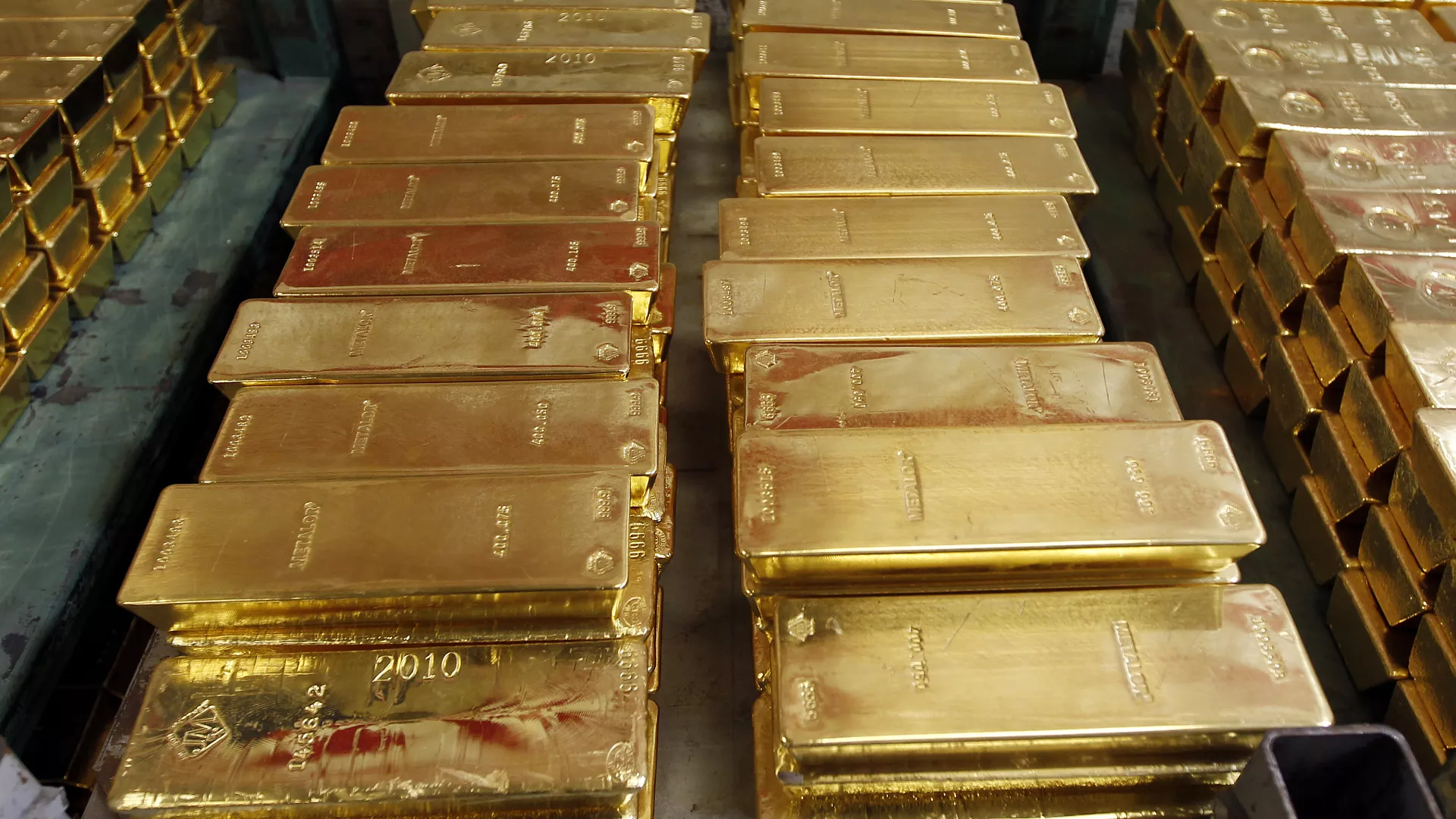The president of the National Bank of Poland, Adam Glapinski, has recently disclosed that the central bank plans to continue increasing its gold holdings, with a goal to have gold constitute 20% of the bank’s total reserves.
The National Bank of Poland (NBP), also known as Narodowy Bank Polski, became one of the leading gold purchasers among central banks in the second quarter of 2024, matching India’s acquisitions, according to the World Gold Council. This achievement came after the NBP acquired about 19 tonnes of the precious metal.
Adam Glapinski, the head of Poland’s central bank, had previously stated that the institution aims to elevate the proportion of gold in its reserves to 20%. Currently, gold accounts for around 14.7% of the NBP’s holdings.
Grzegorz Dróżdż, a market analyst at Conotoxia, noted, “By the end of Q2 this year, Poland’s gold reserves had surged to 377.4 tonnes. The speed of these acquisitions, mainly stored at the Bank of England, has outpaced even the world’s largest economies.”
During the second quarter, the price of gold also reached a record high, exceeding $2,500 (€2,249.26) per ounce.
This has fueled further discussion about gold as a viable investment and why central banks have been aggressively expanding their gold reserves.
Gold is often regarded as a safe-haven asset and a hedge against inflation, especially during periods of economic and geopolitical instability when currencies and other assets may experience significant fluctuations.
Central banks are drawn to gold for its stability in times of crisis and its effectiveness as a tool for diversifying portfolios. It’s also highly liquid, carrying no default risk, and less susceptible to policy risks, making it a valuable collateral and policy instrument.
In some scenarios, gold can even help nations facing international sanctions, such as Russia, to circumvent financial restrictions. This potential to maintain liquidity under challenging circumstances further motivates countries to increase their gold reserves.
The World Gold Council reports that central bank demand for gold reached 183 tonnes in the second quarter, marking a 6% year-on-year increase, though it was 39% lower compared to the previous quarter.
Net buying in the first half of the year totaled 483 tonnes, a 5% increase over the same period last year.
Dróżdż explained, “In Q2 2024, global demand for gold, excluding over-the-counter (OTC) investments, decreased by 6% year-on-year to 929 tonnes. This drop was largely driven by a 19% reduction in jewelry consumption due to record-high prices for the metal.“
“However, when including OTC investments, total gold demand grew by 4% year-on-year to 1,258 tonnes, reaching its highest level since 2000. Central banks played a significant role in this demand increase, purchasing an additional 183 tonnes to protect and diversify their portfolios.”
Besides the National Bank of Poland and the Reserve Bank of India, the Central Bank of Turkey also remained an active buyer, adding 15 tonnes to its reserves in Q2. Turkey’s central bank has accumulated 45 tonnes of gold so far this year.
Other central banks, including those of Jordan, Qatar, Russia, Uzbekistan, Kyrgyzstan, Iraq, and the Czech Republic, also made substantial gold purchases during Q2.
In Poland, gold demand has surged post-COVID-19 and due to the ongoing Russia-Ukraine conflict. Many investors fear that the war could spill over into Poland and are buying gold as a precautionary measure.
Globally, persistently high inflation has driven more people towards gold, with geopolitical tensions such as the Russia-Ukraine and Israel-Hamas conflicts intensifying this trend.
In addition to gold, the National Bank of Poland has also disclosed investments in foreign equities and corporate bonds via exchange-traded funds (ETFs), further diversifying its reserves.
What factors impact the gold market?
Several factors influence the gold market, including movements in the US dollar, real and anticipated inflation rates, and demand for gold jewelry. Central bank purchases can also significantly affect gold prices.
Though to a lesser degree, gold mining production also plays a role in price fluctuations. Prices can spike if mining companies face higher production costs, such as deeper mining operations, labor strikes, environmental protests, or adverse weather conditions.
Currently, most of the world’s gold production comes from China, Australia, Russia, Canada, and the United States.
Dróżdż noted, “The gold market, like many others, is driven by supply and demand dynamics. In recent quarters, a notable increase in demand has been evident.”
“Moreover, the continued weakening of the dollar could suggest that gold may outperform other key assets in the near term. Conotoxia’s baseline scenario predicts that while gold’s price momentum might slow by year-end, with a potential correction, it is likely to remain above the $2,500 per ounce mark.”



